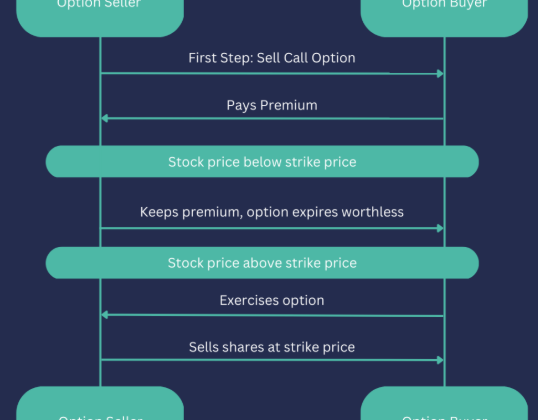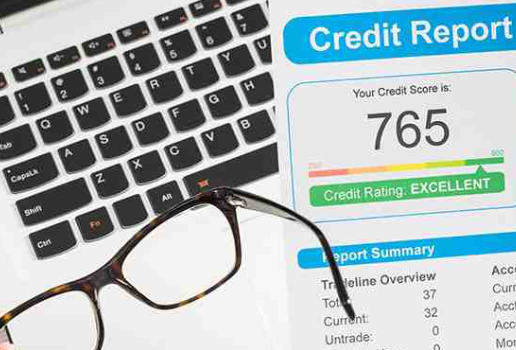
Grocery stores and supermarkets can be an attractive option for investors looking to tap into a stable and resilient asset class. The grocery industry offers several unique advantages that make it a compelling investment choice. These include consistent demand, strong resilience against market disruptions, and the ability to adapt to changing consumer behaviors. In this post, we’ll dive into why grocery stores are an excellent investment opportunity, especially in grocery-anchored retail centers.
Why Are Grocery Stores Good Investments?
Investing in grocery stores presents a variety of benefits, primarily due to their evergreen demand, proven resilience, and adaptability. Let’s take a closer look at each of these factors.
1. Constant Demand for Essential Goods
The most straightforward reason grocery stores make good investments is their steady demand. Food is an essential need for everyone, and grocery stores provide a vital service by offering a variety of food products daily. This consistent demand is unlikely to change, making the grocery sector historically stable. However, while the business is stable, it is also highly competitive, so investors should look for experienced operators with a strong track record of success in managing grocery stores.
2. Resilience Against E-Commerce Disruption
Unlike many other retail sectors, grocery stores have proven to be incredibly resilient in the face of growing e-commerce competition. Several factors contribute to this resilience:
- Individual Preferences: Shoppers often prefer to physically examine produce, such as feeling the ripeness of fruit or selecting fresh cuts of meat. This tactile experience is something e-commerce platforms struggle to replicate.
- Perishability of Goods: Many grocery items, such as dairy and meat, are perishable, making them harder to ship and store safely. As a result, consumers continue to favor in-person shopping for items that require quick consumption.
- Routine Shopping Habits: Grocery shopping is ingrained in the routine of millions of people, making it difficult to break. Additionally, grocery stores are increasingly offering additional services such as banking and fuel, which makes them even more convenient for consumers.
3. Adaptability to Changing Consumer Trends
Grocery stores are highly adaptable and can shift quickly in response to changing consumer behaviors and market conditions. For example, during the COVID-19 pandemic, grocery stores swiftly implemented safety measures like enhanced sanitation protocols, one-way aisles, and special hours for vulnerable shoppers. Many also introduced buy online, pick up in-store options to accommodate social distancing.
Another example of adaptability is seen in the integration of technology. Many grocery stores have embraced digital shopping options, such as home delivery and curbside pick-up. Amazon-owned Whole Foods, for instance, has heavily invested in enhancing its online shopping experience, leveraging Amazon’s logistics expertise to offer improved delivery services. These advancements make grocery shopping even more convenient, keeping consumers loyal to brick-and-mortar stores.
Conclusion
Grocery stores present a unique investment opportunity because of their constant demand, resilience to market disruptions, and adaptability to consumer trends. With these qualities, grocery stores offer investors a stable, long-term investment that can weather economic fluctuations. If you’re looking for a dependable asset in your portfolio, grocery-anchored retail centers are worth considering.
















